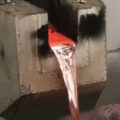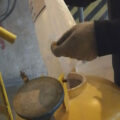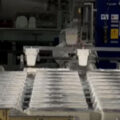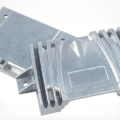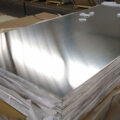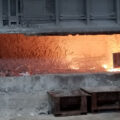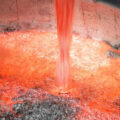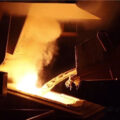The workpieces produced by aluminum alloy die casting are often scrapped due to the existence of pores. There are many reasons for the occurrence of Pore Defects in Aluminum Casting. When solving this product quality problem, it is often impossible to start. How to quickly and correctly take measures to reduce the scrap rate caused by the pores. This is issues concerned by aluminum alloy die-casting manufacturers.
In the production of aluminum alloy die-casting, there are many reasons for the product to produce porosity, and the problem must be solved by finding the cause and treating the disease.

Measures of Preventing Pore Defects in Aluminum Casting
(1) Ensure the refined degassing quality of aluminum alloy melting. Choose good refining agent and degassing unit to reduce the gas content in the aluminum liquid, and remove the liquid surface scum and oxide in time to prevent the gas from being brought into the die casting again.
(2) Choose a good mold release agent. The selected mold release agent should not generate gas during die casting and have good mold release performance.
(3) Ensure that the exhaust of the mold is unobstructed, and that the exhaust is smooth, and that the gas in the mold is completely discharged, especially the exhaust channel must be unobstructed at the final polymerization place of the aluminum liquid.
(4) Adjust the die-casting parameters, and the filling speed should not be too fast to prevent gas. The casting temperature should also be well controlled.
(5) Attention should be paid to the use of core pulling and cooling in product design and mold design to minimize excessive wall thickness differences.
(6) The air holes that often appear in fixed parts should be improved from the mold and design.




